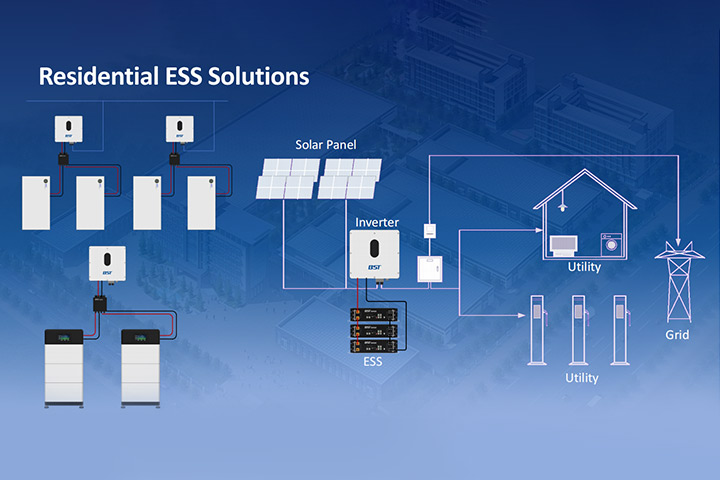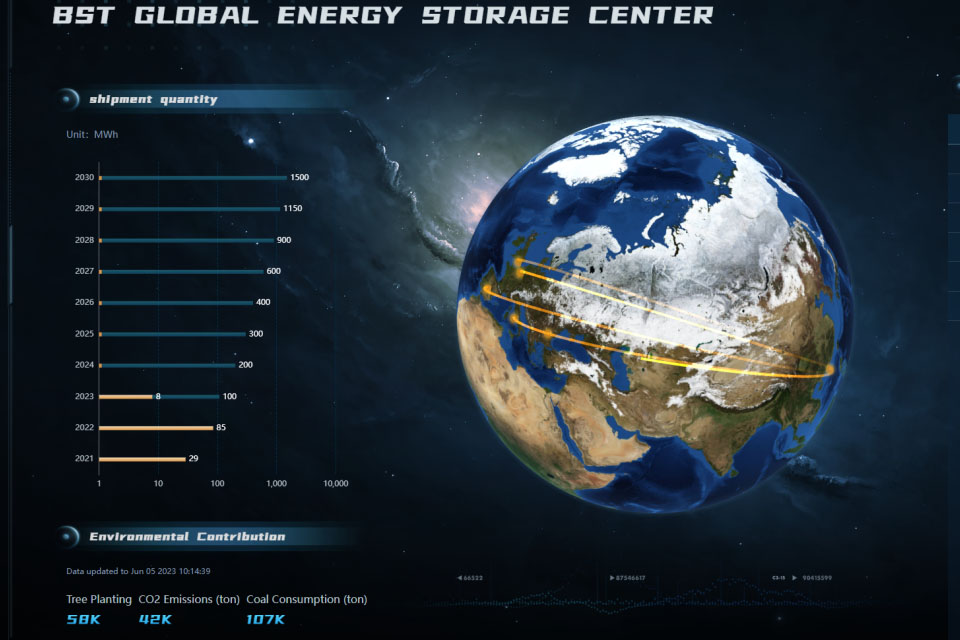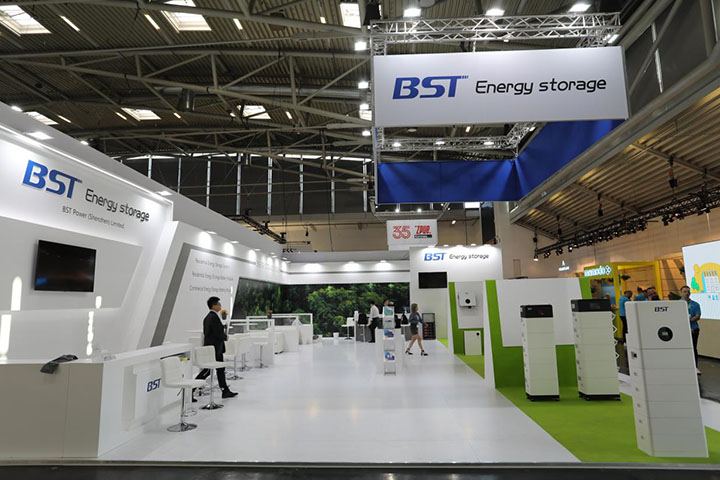The Current State of the Energy Storage Battery Market
The global energy storage battery market is undergoing a transformative phase, driven by the rapid adoption of renewable energy, advancements in battery technology, and the growing need for grid stability. According to the International Energy Agency (IEA), the global energy storage capacity is expected to increase from 30 gigawatts (GW) in 2023 to over 800 GW by 2035. China, as a global leader in manufacturing, innovation, and deployment of energy storage technologies, is at the forefront of this growth.
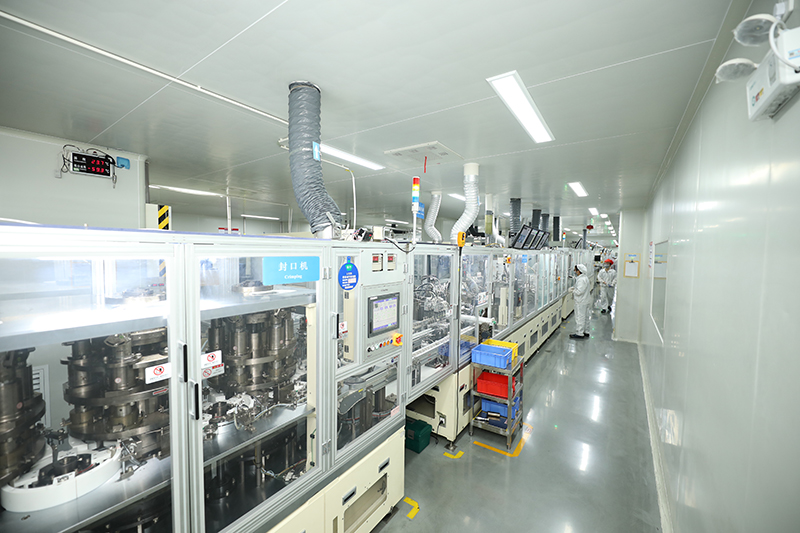
China’s dominance in the energy storage market is underscored by its massive production capabilities. In 2023, China’s battery production exceeded 300 GWh, representing a 40% share of the global market. The country’s focus on renewable energy integration, smart grid development, and energy storage deployment has fueled this expansion. Furthermore, Chinese manufacturers have been able to produce high-quality energy storage systems at competitive prices due to economies of scale, robust supply chains, and extensive research and development (R&D) investments.
The rise of residential energy storage systems (RESS) is a significant trend within the market. As more homeowners seek to increase their energy independence and reduce utility bills, the demand for residential battery storage has surged. In 2023, global residential energy storage installations surpassed 3 GWh, with China accounting for a significant portion of this growth. With the market expected to continue expanding, importing energy storage systems from China presents an attractive opportunity for businesses looking to capitalize on this booming sector.
Detailed Steps for Importing Energy Storage Systems from China
STEP1. Finding a Suitable Energy Storage Manufacturer
Identifying the right energy storage systems manufacturer is the first and arguably one of the most critical steps in the import process. To ensure that you select a manufacturer that meets your needs, consider using multiple channels:
- Online Marketplaces: Platforms like Alibaba, Made-in-China, and Global Sources provide access to a vast array of manufacturers. These platforms allow you to filter suppliers based on their certifications, product offerings, and customer reviews. Pay close attention to manufacturers with high ratings, numerous positive reviews, and verified credentials.
- Trade Fairs: Attending trade fairs such as the Canton Fair, SNEC PV Power Expo, or the China International Battery Fair (CIBF) can provide direct access to manufacturers. These events offer an opportunity to meet suppliers face-to-face, view their products, and discuss potential partnerships.
- Industry Contacts and Referrals: Leveraging industry contacts and seeking referrals from trusted sources can lead you to reputable manufacturers. Companies that have successfully imported energy storage systems from China may recommend reliable suppliers.
- Research and Reviews: Conduct thorough research on potential manufacturers, focusing on their production capabilities, product range, and industry reputation. Look for manufacturers with a proven track record in producing high-quality energy storage systems, particularly those with international certifications like ISO 9001, CE, UL, and TUV.
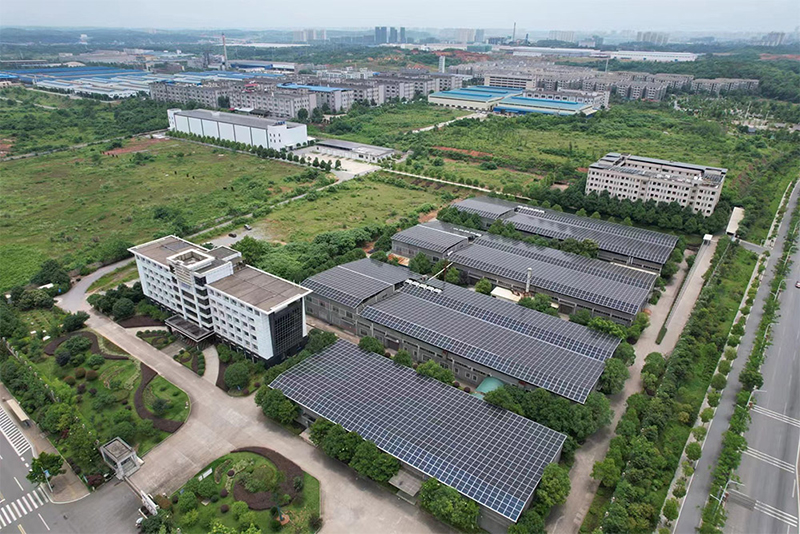
STEP2. Analyzing, Communicating, and Conducting a Background Check
After narrowing down your list of potential energy storage system manufacturers, the next step is to conduct a comprehensive background check to ensure that they are legitimate and capable of meeting your needs:
- Business License Verification: Request a copy of the manufacturer’s business license to confirm their legal status. Verify that the license is up-to-date and covers the scope of their operations.
- Financial Stability: Assess the financial health of the manufacturer by reviewing their financial statements or requesting information on their financial stability. A financially stable company is more likely to fulfill large orders and provide reliable after-sales support.
- Reputation and References: Ask for references from previous clients, particularly those from your country or industry. This will give you insights into the manufacturer’s reliability, product quality, and customer service. Additionally, check online reviews and industry forums for any red flags or negative feedback.
- Direct Communication: Engage in detailed discussions with the manufacturer to clarify your requirements, expectations, and any customization needs. Clear and open communication is essential to building a strong working relationship. Pay attention to their responsiveness and willingness to address your concerns.
STEP3. Factory Inspection and Face-to-Face Meetings
Conducting a factory inspection is a critical step to verify the manufacturer’s capabilities and ensure they meet your quality standards:
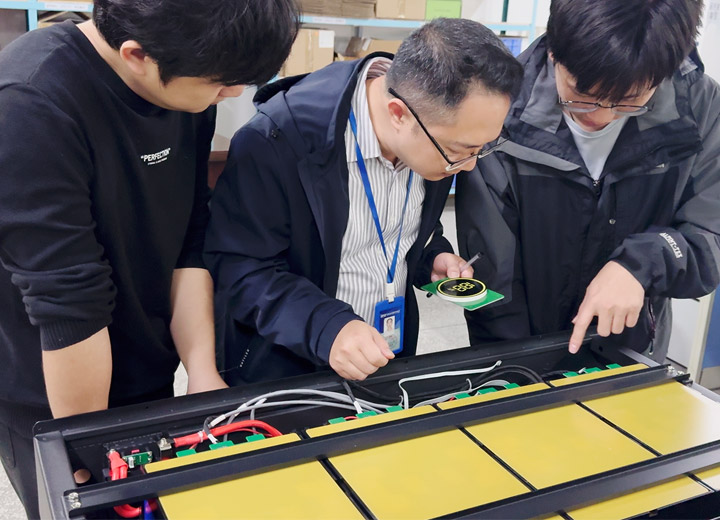
- On-Site Visit: An on-site visit allows you to observe the factory’s production processes, quality control measures, and operational efficiency. During the visit, assess the factory’s capacity to handle large orders, the condition of their equipment, and their adherence to safety and environmental standards.
- Quality Control Processes: Inquire about the manufacturer’s quality control protocols. A reputable manufacturer should have stringent quality checks in place at every stage of production, from raw material sourcing to final product assembly.
- R&D Capabilities: Evaluate the manufacturer’s research and development capabilities. A strong R&D team indicates that the manufacturer is committed to innovation and continuous improvement, which is crucial in the fast-evolving energy storage industry.
- Face-to-Face Meetings: Face-to-face meetings help build trust and establish a foundation for long-term collaboration. Use this opportunity to discuss contract terms, production timelines, and any potential challenges. A personal meeting can also help you gauge the manufacturer’s professionalism and commitment to the partnership.
STEP4. Demand Analysis and Product Matching
Once you have a clear understanding of the manufacturer’s capabilities, the next step is to align your product needs with their offerings:
- Product Portfolio Review: Review the manufacturer’s product portfolio to identify energy storage systems that match your specifications. Whether you need residential, commercial, or industrial systems, ensure that the manufacturer’s products align with your company’s goals and market demands.
- Customization Options: Discuss potential customization options, such as battery capacity, design, or software integration. Ensure that the manufacturer can accommodate these customizations without compromising on quality or lead times.
- Market Alignment: Consider how the manufacturer’s products fit within your target market. Evaluate factors such as energy storage capacity, compatibility with renewable energy sources, and ease of installation. Select products that offer a competitive advantage in your market.
STEP5. Price Negotiation
Effective price negotiation is key to securing a favorable deal:
- Understanding Costs: Before entering negotiations, have a clear understanding of your budget and the market price for similar products. Consider all costs, including production, shipping, customs duties, and taxes.
- Transparent Discussions: Engage in transparent discussions with the manufacturer about pricing. Be upfront about your budget constraints and the quantities you intend to order. Negotiating larger orders often results in better pricing.
- Comparison with Other Suppliers: Don’t hesitate to compare prices with other manufacturers. Use these comparisons to leverage better pricing or additional services, such as extended warranties or free shipping.
- Payment Terms: Negotiate payment terms that are favorable to both parties. Common terms include a 30% deposit upfront and 70% payment before shipment. Ensure that the payment terms are clearly outlined in the contract to avoid any disputes later on.
STEP6. Finalizing Orders
Once pricing and terms are agreed upon, it’s time to finalize the order:
- Sample Orders: Start with a sample order or a small batch to test the product’s quality and performance. This step allows you to assess whether the manufacturer’s products meet your expectations before committing to a larger order.
- Contract Agreement: Draft a detailed contract that includes all terms and conditions, such as product specifications, quantities, delivery timelines, payment terms, and warranty coverage. Both parties should review and agree on the contract before proceeding.
- Order Confirmation: Confirm the order with the manufacturer, ensuring that all details are accurate and agreed upon. Maintain clear communication with the manufacturer throughout the production process to monitor progress and address any issues promptly.
STEP7. Discussing After-Sales Service
After-sales service is a crucial aspect of any import transaction, especially for energy storage systems:
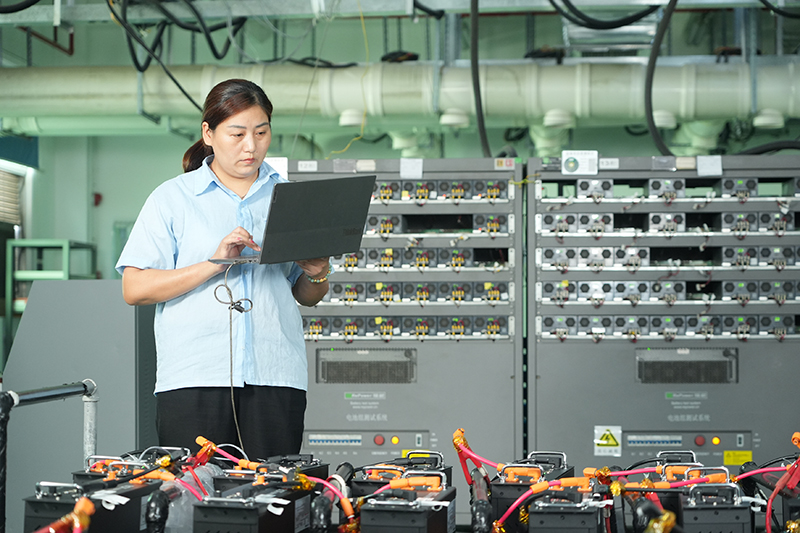
- Local Support: Inquire whether the manufacturer provides localized after-sales support in your region. Local support can significantly reduce downtime in case of product issues and improve customer satisfaction.
- Response Time: Discuss the manufacturer’s response time for addressing after-sales issues. A quick and efficient resolution process is essential for maintaining customer trust and minimizing disruptions.
- Warranty Policies: Review the manufacturer’s warranty policies, including the duration of the warranty, coverage details, and the process for making warranty claims. Ensure that the warranty terms are included in the contract.
- Training and Support: Ask whether the manufacturer offers training for your team on the installation, maintenance, and troubleshooting of the energy storage systems. This can be a valuable service, particularly if you are new to the products.
STEP8. Payment Arrangements
Establishing secure payment arrangements is essential for protecting both parties in the transaction:
- Payment Methods: Common payment methods include Telegraphic Transfer (TT), Letters of Credit (LC), and escrow services. For sample orders, 100% payment in advance is typical. For larger orders, a 30% deposit upfront and 70% payment before shipment is standard.
- Currency Considerations: Consider the currency in which the payment will be made. It’s advisable to use a stable currency, such as USD, to avoid exchange rate fluctuations.
- Secure Payment Channels: Use secure payment channels that offer protection against fraud. Platforms like PayPal, Alibaba’s Trade Assurance, or bank transfers with LC are commonly used.
STEP9. Shipping and Transportation
Choosing the right shipping method is crucial for timely and cost-effective delivery:
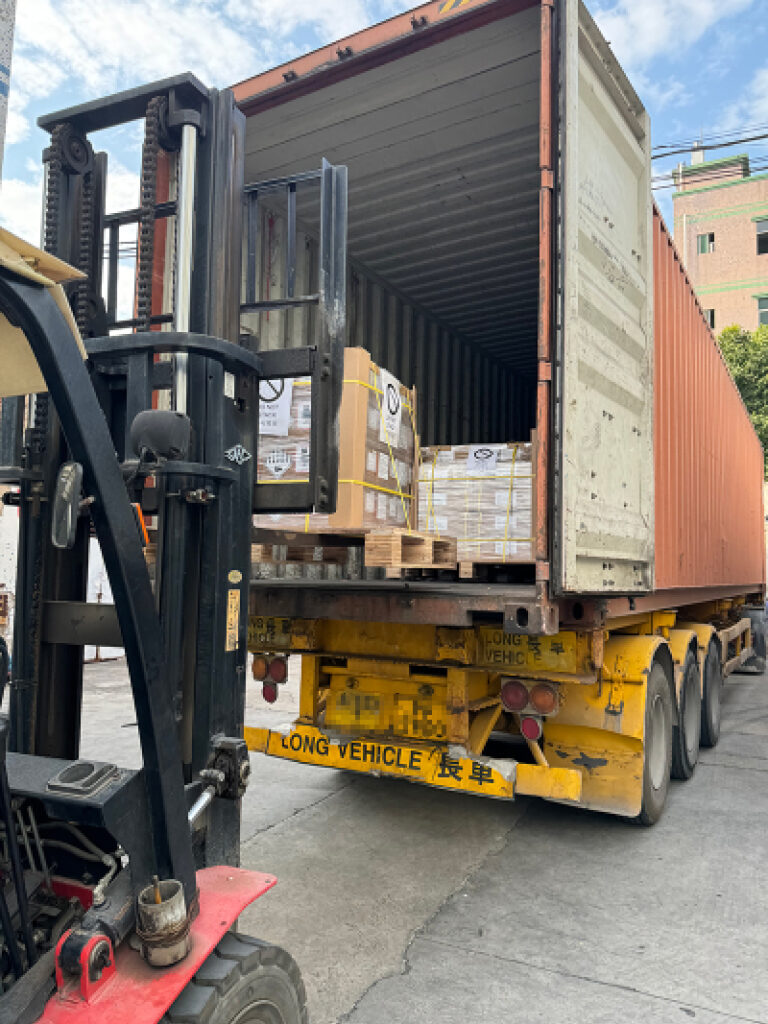
- Sea Freight: Sea freight is the most cost-effective option for large orders. It is slower but significantly cheaper than air freight or express delivery. For non-urgent deliveries, sea freight is the preferred choice.
- Air Freight: Air freight is faster but more expensive than sea freight. It is suitable for urgent orders or high-value shipments where time is a critical factor.
- Express Delivery: Express delivery services like DHL, FedEx, or UPS offer the fastest shipping option but are typically used for smaller, lighter shipments such as samples or critical components. This method ensures delivery within a few days but comes at a premium cost.
- Freight Forwarders: Engaging a reliable freight forwarder can simplify the shipping process. They can handle everything from packing and labeling to customs documentation and transportation. Ensure that the freight forwarder has experience in handling energy storage systems, which may require special care due to their size, weight, and potentially hazardous materials.
- Incoterms: Clarify the Incoterms (International Commercial Terms) with the manufacturer, as they determine the responsibilities and risks associated with the shipping process. Common Incoterms include FOB (Free on Board), CIF (Cost, Insurance, and Freight), and DDP (Delivered Duty Paid). Choose the term that best aligns with your shipping strategy and risk tolerance.
STEP10. Customs Clearance and Delivery
Customs clearance is a critical step in the import process, ensuring that your goods enter your country legally and without delays:
- Documentation Preparation: Ensure that all required documents are prepared and accurate, including the commercial invoice, packing list, bill of lading, and certificates of origin. Any discrepancies can lead to delays or additional costs during customs clearance.
- Customs Duties and Taxes: Be aware of the customs duties and taxes applicable to energy storage systems in your country. Properly calculate these costs and include them in your budget. Some countries may offer duty exemptions or reduced rates for renewable energy products, so it’s worth investigating any available incentives.
- Customs Broker: Hiring a customs broker can streamline the clearance process. A broker will handle the submission of necessary documents, payment of duties, and coordination with customs officials. This can reduce the risk of delays and ensure compliance with local regulations.
- Final Delivery: Once customs clearance is complete, arrange for the final delivery of the energy storage systems to your warehouse or designated location. If you’ve chosen sea freight, you may need to engage a local logistics company for transportation from the port to your site.
STEP11. Inspection Upon Arrival
After your shipment arrives, conducting a thorough inspection is vital to ensure that the energy storage systems are in good condition and meet your specifications:
- Visual Inspection: Start with a visual inspection of the packaging and the products themselves. Check for any signs of damage, such as dents, scratches, or broken seals, which may indicate mishandling during transit.
- Power Testing: Perform a power test on the energy storage systems to verify their functionality. This includes checking the charging and discharging processes, ensuring that the system meets the specified capacity and efficiency.
- Compliance Verification: Ensure that the products comply with local safety and performance standards. This may involve testing for electrical safety, electromagnetic compatibility, and environmental resistance.
- Documentation Review: Cross-check the shipment against the packing list and invoice to ensure that all items are accounted for and match the order specifications.
- Quality Assurance: If possible, engage a third-party inspection service to conduct a detailed quality check. This can provide an additional layer of assurance that the products meet your quality standards.
Summary and Future Market Analysis
Importing energy storage systems from China involves a meticulous process that requires careful planning, thorough research, and diligent execution at every step. From finding the right manufacturer to ensuring successful delivery and post-delivery support, each stage plays a crucial role in the overall success of your import strategy. By following the steps outlined in this guide, you can minimize risks, secure high-quality products, and establish a reliable supply chain.
Looking ahead, the global energy storage market is poised for continued growth. According to a recent report by BloombergNEF, the global energy storage market is expected to grow to 1,095 GWh by 2030, driven by the increasing adoption of renewable energy and the electrification of transportation. As countries transition to low-carbon economies, the demand for energy storage solutions will continue to rise, creating new opportunities for businesses in the energy storage sector.
China will likely remain a dominant player in this market, thanks to its advanced manufacturing capabilities, ongoing R&D investments, and government support for clean energy initiatives. Companies that establish strong partnerships with Chinese manufacturers will be well-positioned to capitalize on the expanding energy storage market and meet the growing demand for sustainable energy solutions.
Introduction to BST Company
BST POWER is a leading manufacturer of energy storage systems with over 22 years of experience in the industry. The company is known for its innovative solutions, cutting-edge R&D, and commitment to quality. BST specializes in residential, commercial, and industrial energy storage systems, offering a wide range of products designed to meet the diverse needs of customers worldwide.
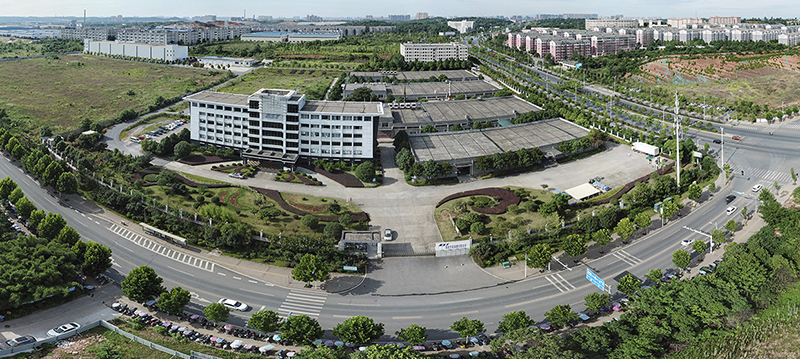
With a strong focus on research and development, BST has continuously pushed the boundaries of energy storage technology, delivering products that are efficient, reliable, and cost-effective. The company’s state-of-the-art manufacturing facilities and rigorous quality control processes ensure that every product meets the highest standards of performance and safety.
BST’s customer-centric approach extends beyond the sale, with comprehensive after-sales support and localized service centers in key markets. Whether you need assistance with installation, maintenance, or troubleshooting, BST’s dedicated support team is available to help you maximize the value of your energy storage investment.
As the global demand for energy storage continues to grow, BST is committed to driving innovation and delivering solutions that empower businesses and homeowners to achieve energy independence and sustainability.

